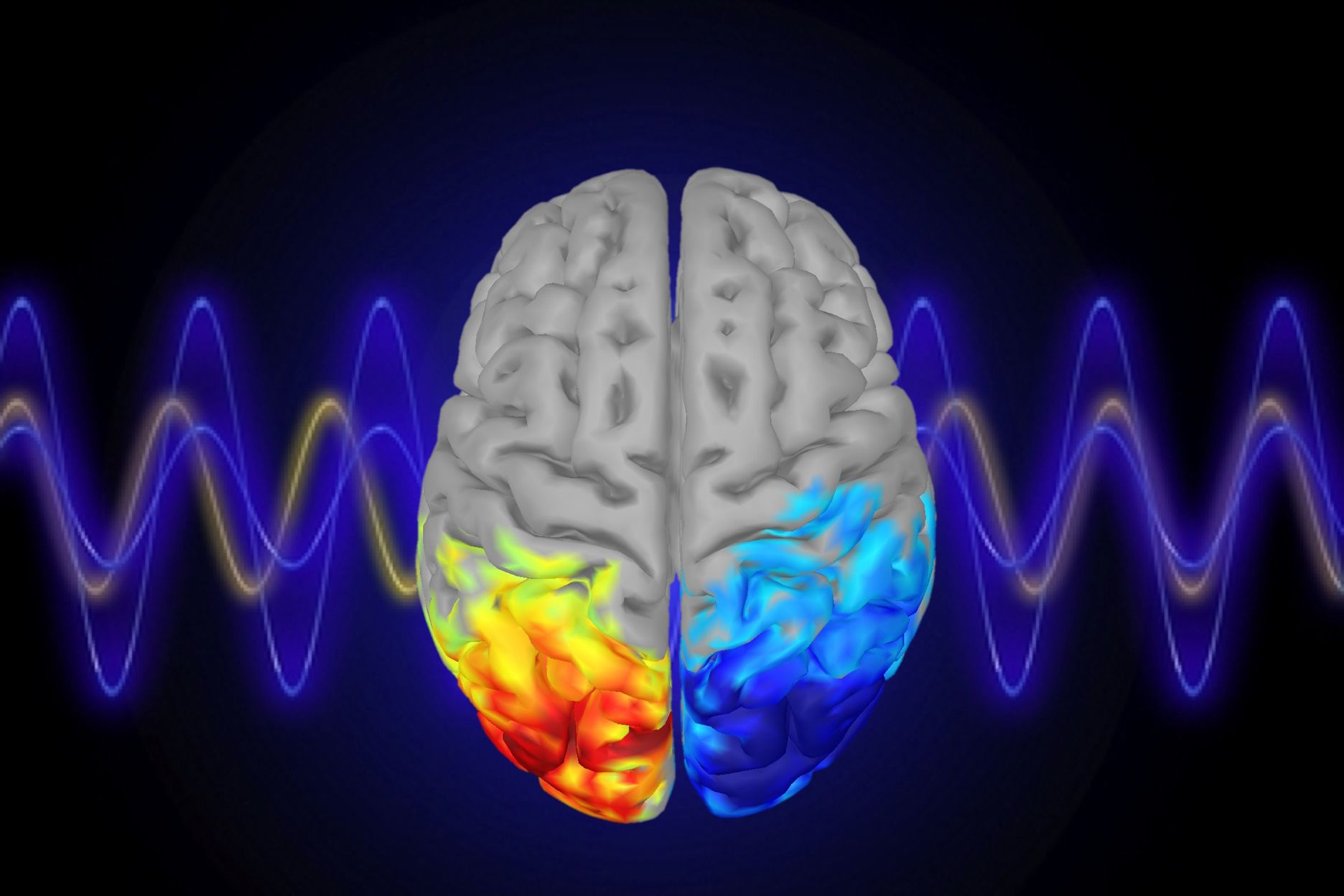I was watching TV the other day when a commercial came on.
It showed a girl attending someone else’s wedding, and her inner voice was saying, “When will I get married?”
Suddenly, she noticed her favorite dish — butter chicken — being served. Her expression changed. She smiled and said to herself,
“Oh, forget it. Let me concentrate on the nice butter chicken.”
I laughed — but the moment stuck with me.
How easily she shifted from a negative thought to a pleasant one.
She didn’t change her situation. She just changed her focus.
That, in essence, is what the ABCDE model is all about.
How Our Thoughts Shape Our Emotions
Our emotions are deeply connected to how we evaluate ourselves, what’s happening around us, and how we interpret other people’s actions.
Each person reacts differently: some always expect the worst, some feel provoked by everything, while others manage to stay calm and balanced through most things.
Why This Difference?
Because we all use what’s called a mental filter — the way we focus on certain details while ignoring others.
If you always zoom in on what’s negative and filter out the good, it’s no surprise that you’ll feel low, anxious, or angry more often.
This is where the ABCDE method comes in — a simple but powerful tool to help you step back and reframe your thoughts before they drag you down.

What Is the ABCDE Model?
Psychologist Albert Ellis, the founder of Rational Emotive Behavior Therapy (REBT), developed the ABCDE method to explain how our beliefs shape our emotional responses:
- A – Actual Event: Something that happens in your life
- B – Belief: Your interpretation or thought about the event
- C – Consequence: The emotion or reaction you have
- D – Dispute: Challenging the negative belief
- E – Effect: The new feeling or perspective that results
A Simple Example
Let’s walk through a very real situation:
A – Event: Your spouse lied to you
B – Belief: “This is horrible. I’ll never get over it.”
C – Consequence: You feel hurt, helpless, and depressed
Now let’s bring in D and E:
D – Dispute: “It’s painful, yes. But at least I found out now. I can deal with this. I have strength.”
E – Effect: You still feel hurt and disappointed — but you no longer feel helpless. You feel in control, and you know you will get through it.
See how the belief makes all the difference? The event is the same, but the outcome changes based on what you choose to believe.
Your Beliefs Create The Consequences
You can’t always change what happens — but you can change what you believe about what happens.
That’s where the real power lies.
Every day, your emotional state is shaped not just by reality, but by your interpretation of it.
And the beautiful part? That interpretation is something you can gently shift — one thought at a time.
The Inner Shift
This entire model shows us that painful events (A) often trigger hurtful beliefs (B), which lead to intense emotional consequences (C).
But when you take the time to challenge those beliefs (D), you can shift the emotional outcome (E).
This is how emotional strength is built — not by avoiding pain, but by changing how you carry it.
Final Thoughts
The ABCDE model doesn’t tell you to ignore your emotions — it helps you understand where they’re coming from and how to shift them in a healthier direction.
So the next time you feel overwhelmed, ask yourself:
What belief is sitting underneath this feeling?
Can I look at it in another way — with clarity, courage, and compassion?
Now, don’t expect to jump from pain to peace in one leap.
Just like when you’re driving a car, you don’t go straight to fourth gear.
You start with first, ease into second, and gradually build momentum.
That first shift in thought? That’s your first gear.
Or picture yourself in a shopping mall. You can take the lift, ride the escalator, or climb the stairs.
Each path gets you to the next level — just in a different way.
What matters isn’t how you move — it’s that you’re moving upward, in your own way, at your own pace.
So take the first step.
Shift one belief.
Breathe.
That small shift is entirely in your hands.
I read a powerful quote by Rumi:
“The wound is the place where the Light enters you.”
We grow through our wounds — not in spite of them, but because of them.
When we’re hurting, we’re also open — and in that openness, there’s room for light, growth, and healing.
- Sunila Wali is a counseling psychologist with a passion for promoting mental health. She holds a Master’s degree from Johns Hopkins University and is currently based in Mumbai, India.
- Mail the author at sticku (at) jhu.edu
- Follow EurAsian Times on Google News




